There’s More to Print
The complexities of print and production
A large part of my job is to ensure our clients receive quality print and production, which is on budget, on time and executed the way it was designed to. Some even say I’m a miracle worker when it comes to turning production around in tight timeframes (however I’m not sure our suppliers are as on board with this as I am! It’s always better to have some lead time).
It’s only when you delve into the world of production that you realise just how complex print and production can be. Print can be anything from business cards, to flyers and posters. Production can be anything from merchandise, to signage and everything in between. It’s our job to ensure our designs are executed the way they were intended to so the brand remains respected, and this is dependent on so many factors.
Colour
Getting the colour right is so imperative. There’s nothing like destroying a design that has been created to communicate to your target market or match with design elements and branding through bad production.
Vaughan talks all about colour in his blog, so make sure you read how we achieve the perfect colour on our print work.
Paper Stock
If your business is earthy or organic, we will most likely choose to work with an uncoated paper stock. If you’re looking for a smoother more manicured look, a coated stock may do the trick (then it’s what you apply to that for the final finishing). It’s all about how it tangibly feels and communicates the values your organisation stands by.
GSM
This relates to the weight and thickness of the paper you’re using – it means ‘Grams per Square Metre’.
If you’re looking to make an incredible impact and have longevity in your piece of collateral, a higher GSM works well. If it’s something more throw away, we may choose a lower GSM. There are standard minimum GSM’s for items such as business cards, it really just depends on what the creation is!
Die Cut
If your print work is a certain shape, you may be using a ‘die’. For example, a curved edge or a flyer in a random shape may use an existing die cut if it has been created already, but if we’re creating something in a totally custom shape, the die line will actually have to be created before it goes onto the printing press.
Finishes
Laminates, matt and gloss vanishes, clear inks. There are so many ways you can finish your print work just to give it that extra bit of love! That said, very often simple is best. Again, it depends on the piece of collateral and the message you’re sending your target market.
Cost
Finally, cost comes down to so many factors – basically a combination of all of the above. Not only that, different paper stocks range hugely in cost depending on where they come from and how they are manufactured and dyed.
It’s our job to make sure that you look good, and the print and production execution is just as important as any other part of the marketing mix – you just need to work with those who understand it and who are passionate about delivering quality for your organisation.
